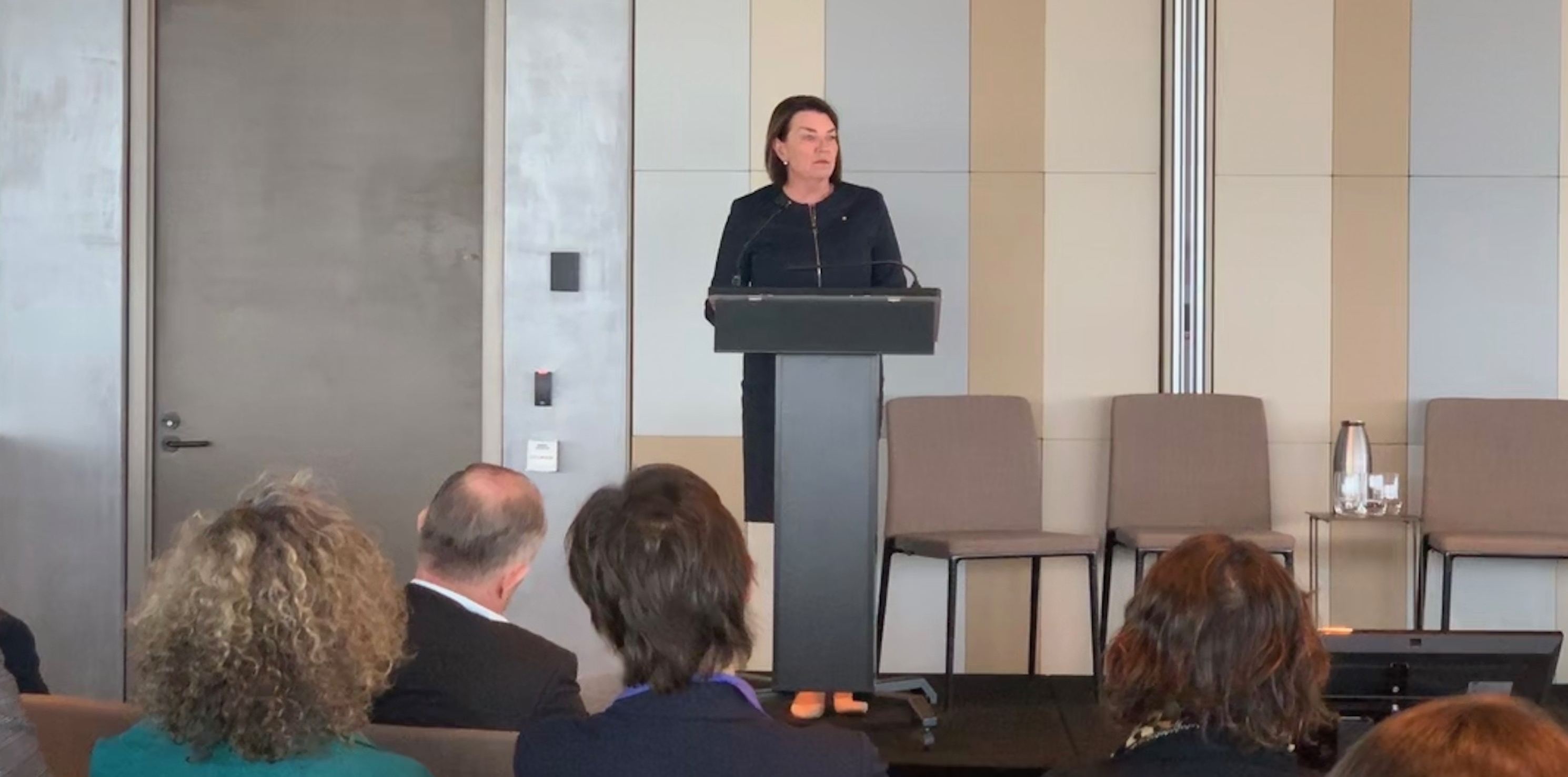As put by Anna Bligh, chief executive of the Australian Banking Association (ABA), the Banking Code of Practice is a “rule book… that sets out clear rights for customers” and is enforceable by law.
The code, maintained by the ABA, is reviewed at least once every three years. It has been in place since 1993.
But the code is being assessed for any necessary updates, with a review being undertaken by former Treasury deputy secretary Mike Callaghan, who also chaired the government’s recent retirement income review.
The ABA will decide if it will implement changes recommended by the review, after it reports its findings, due by the end of November.
But the banking industry will have an opportunity to respond first to the conclusions of the review, before the ABA makes any changes to the code and it seeks ASIC approval.
“More recent versions of the code incorporate changes recommended by the Hayne royal commission and other initiatives of the industry,” Ms Bligh said.
“Importantly, it’s the first financial industry code to be approved by ASIC. This review presents an opportunity to further strengthen the code.”
The revised standards will be the first industry code subject to the enforceable code regime, under the eye of ASIC.
The implementation of enforceable codes is one of a series of changes introduced under the Financial Sector Reform (Hayne Royal Commission Response) Bill 2020, that passed the Parliament in December.
Small business, farmers, governments, regulators, consumer representatives as well as other stakeholders have been invited to make submissions to the ABA’s review by 6 August.
“The focus of the review will be on ensuring that the code meets consumer and community expectations, and I look forward to consulting widely with all interested parties,” Mr Callaghan added.
[Related: Smaller banks call for fairer playing field]

